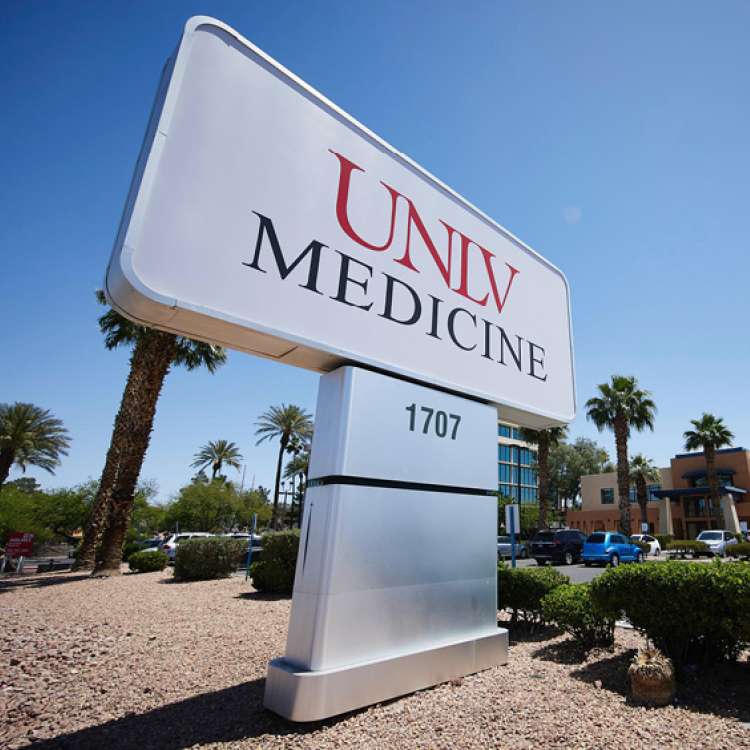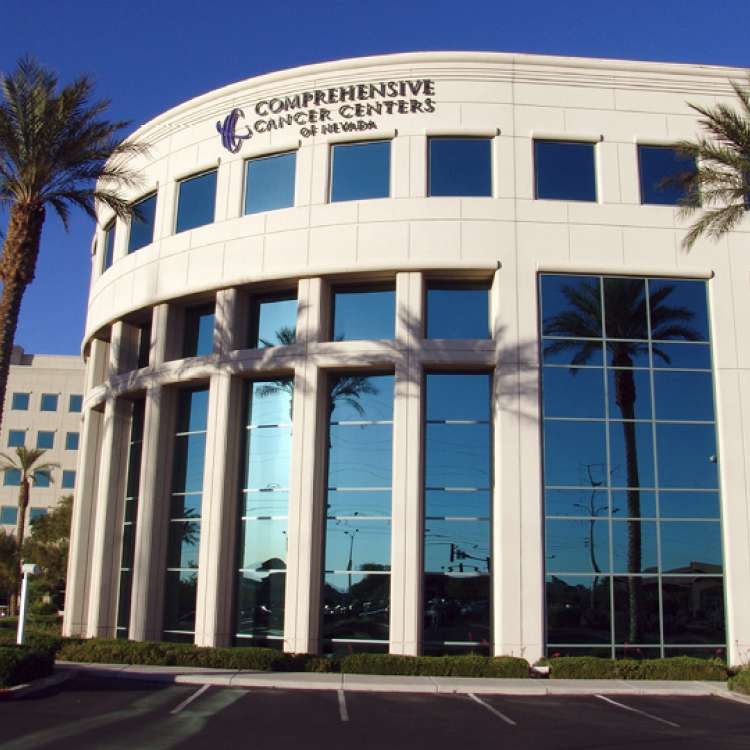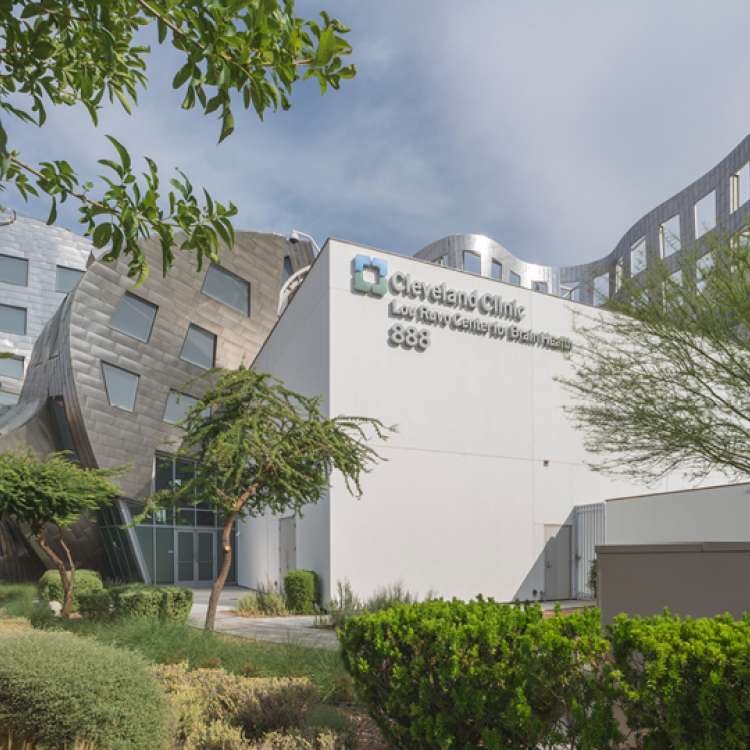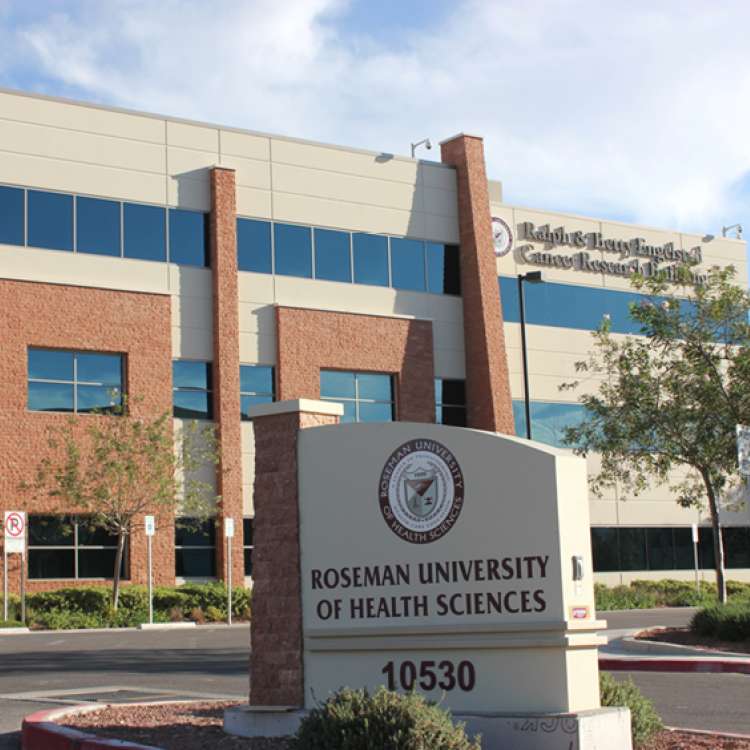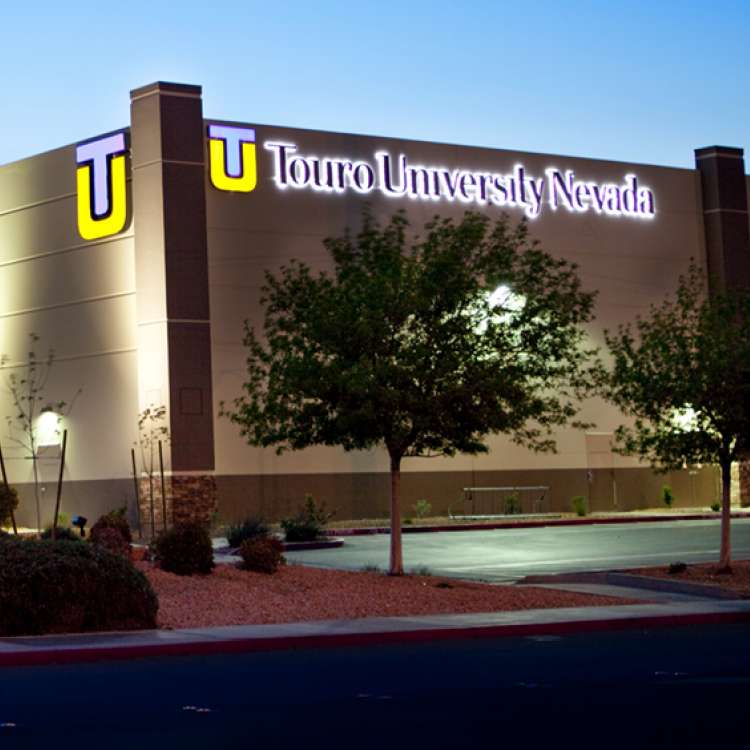Home Grown Medicine
Clark County Commission Chairman Steve Sisolak was on the phone. In six days he’d be elected governor of Nevada. Though a tad hoarse from campaigning, he sounded like a man who’d spiked his double espresso with a can of Red Bull.
“We’re on the right track now when it comes to producing enough excellent doctors for this state. The problem isn’t fixed, but we’re on the way. The best thing I’ve seen is the addition of the UNLV School of Medicine and the Touro Osteopathic College of Medicine. Now we need to add more residencies for graduate medical education and we’ll do that.”
Then Sisolak took a breath.
Make no mistake – the governor-elect believes the doctor shortage can be overcome. Nevadans, he says, have the will, so there’s a way. Pray it’s so. The shortage of doctors in Nevada remains, as it has been for decades, the state’s most pressing health care problem.
Even the seemingly well-connected aren’t spared.
Last year, Alexandra Silver, the executive director of the Clark County Medical Society, told the Las Vegas Review-Journal she had to regularly take one of her identical twins to Southern California for treatment of a chronic condition: “We, like many Southern Nevadans, have to travel outside of our local area because there’s such a shortage (of doctors) here.”
Yet Las Vegas does attract quality physicians.
“For a number of reasons, we’re adding great physicians to a medical community that’s been short on numbers but not on quality,” says Las Vegas Mayor Carolyn Goodman.
One of the physicians Goodman highlights is Dr. Barbara Atkinson, the founding dean of the UNLV School of Medicine, which opened in 2017. Atkinson, elected to the prestigious Institute of Medicine of the National Academy of Sciences, is the only woman in the U.S. to direct three medical schools. In 2010 she was appointed by President Barack Obama to the Presidential Commission for the Study of Bioethical Studies.
“Dr. Atkinson knows the best way to set a medical school on the right path,” Goodman says.
To help ensure UNLV medical school graduates practice medicine in Nevada, she recruits students with strong Nevada family ties, enticing them with either full or major scholarships she’s convinced donors to provide.
“Now, other medical schools throughout the nation are following her lead to keep students in their states,” says Dr. Anthony Marlon, the former president of Southwest Medical Associates and founder of Sierra Health Services. “She’s getting the best and the brightest.”
It was Dr. Mark Doubrava, a member of the Nevada System of Higher Education Board of Regents, who, in 2013, initiated the idea of creating a medical school at UNLV.
A graduate of the University of Nevada, Reno School of Medicine, Doubrava said when he learned his alma mater wasn’t going to expand its presence in Las Vegas, he believed it was necessary to “get the ball rolling on a new school in Southern Nevada.”
“We need an academic medical center in one of the fastest growing cities in the United States,” he says now.
A number of donors have been critical of the board of regents, accusing them of micromanaging both the building of the medical school as well as one of its top supporters, UNLV President Len Jessup. Jessup left for another position in California following board criticism.
Doubrava, however, doesn’t think the recent withdrawal of a multimillion-dollar donation – it was to be used toward a new medical education building – will have a lasting effect.
Doubrava calls the withdrawal a “road bump,” arguing donors can’t take oversight power away from elected officials. Some donors are working to get that oversight power changed.
“UNLV will turn out fine medical students for Nevada,” Doubrava says, noting studies show the Las Vegas Medical District, with the medical school as its centerpiece, create more than 16,000 jobs and have a total economic impact of $2.42 billion. “Cooler heads will prevail.”
When I took over as medical writer for the Review-Journal in 2004, any assertion Nevada was on the way to handling the doctor shortage would have been met with derisive laughter. In 2004, studies found the rate of doctors in the state at 161 per 100,000 residents, far below the national average of 235 per 100,000. Today’s 190 doctors per 100,000 people is better, but still gives the state a dismal national ranking.
Opened in 1969, the University of Nevada, Reno School of Medicine produced just a few dozen physicians each year – it was the sole medical school in the state until Touro opened in 2004. By next year, the Northern Nevada school’s 50th anniversary, school officials say it will have graduated about 2000 doctors. Meanwhile, the state’s population has exploded during that same time period, rocketing from 480,000 people to 3.1 million in 2017, with 75 percent of the population in Clark County.
What I repeatedly heard from patients for more than a decade – I left the RJ last year – was that they were tired of long waits for doctors, which extended the period from diagnosis to treatment, virtually guaranteeing worse outcomes.
And I frequently heard from many Nevadans that they went to McCarran Airport to find the healthcare they and their loved ones needed. It wasn’t a joke.
That a candidate for governor in 2018 could say with a straight face that Nevada is on the way to overcoming a shortage of about 2000 doctors in Las Vegas is a huge break with the past. Even if it takes up to 20 years, because, as Dr. Atkinson suggests, doctors are retiring faster than they’re being replaced, it is still welcome news.
The major catalyst for the change has been the opening of the Touro University Nevada College of Osteopathic Medicine and the opening of the UNLV School of Medicine. Sisolak also noted that the Roseman University of Health Science – in addition to the dental, pharmacy and nursing degrees it offers already – expects to enroll its first class of medical students in the near future. “We’re getting the money raised for accreditation purposes as quickly as we can,” said Renee Coffman, cofounder and president of Roseman. With all three schools producing physicians, it is possible, within a decade, that as many as 400 new doctors could be produced yearly in Southern Nevada.
Touro opened with 78 medical students. Next year it will admit 181. That the school’s opening didn’t initially make a large impact on consumers can largely be blamed on a lack of residencies.
“I don’t care if you have 20 medical schools in the state, if you don’t have residencies, or graduate medical education, you’re not going to have many of them stay in your state,” says Shelley Berkley, a former member of the U.S. Congress and CEO of Touro, a school that’s seen the vast majority of its graduates leave the state for specialized training.
Research shows 70 percent of medical school graduates stay where they do their advanced training in hospital-based residences, largely because they put down roots as they work to become fully licensed.
Before the Nevada Legislature passed Gov. Brian Sandoval’s proposal for $10 million earmarked for graduate medical education in 2016, Touro students vied with UNR medical students for only 100 residency slots at Nevada hospitals in just a few specialties.
While funding for graduate medical education has typically come from the federal government, several years ago Congress put a cap on residencies in an attempt to balance the budget. That proved devastating for Nevada. With federal funding hard to come by, Sandoval and the legislature, having already allocated $27 million to create a UNLV School of Medicine, acted. They created enough funding for about 305 new residencies – almost every Las Vegas Valley hospital now has them through a combination of federal, state, and hospital funding.
“These positions will assist the state in attracting, educating, and retaining the best new doctors in America,” Sandoval said.
Sisolak emphasizes that medical schools and residencies, key components of solving the shortage of doctors, won’t be the only way more excellent physicians arrive in the Silver State.
He points out the Cleveland Clinic Lou Ruvo Center for Brain Health in Las Vegas has also attracted premier physicians to Nevada.
Mayor Goodman says the city’s association with the Cleveland Clinic, one of the world’s top medical enterprises, made Las Vegas attractive to physician-researchers. The Ruvo Center, a leader in Alzheimer’s disease drug trials, is also recognized as a “Center for Excellence” for its work on Parkinson’s Disease, one of only 45 centers worldwide to earn the title.
Sisolak also says some doctors will seize the opportunity to fill a vacuum in medical specialties. That’s what Dr. Godwin Maduka did with his Las Vegas Pain Institute and Medical Center, which now has six locations. Sisolak says others will come either to begin, or contribute to, medical centers of excellence, as Dr. Geoffrey Sher and Dr. Nicholas Vogelzang have done.
Sher, whose Vegas-based institute had branches throughout the U.S. before he sold all but his Nevada office, has been influential in the births of 18,000 children. The South Africa native brought joy to couples with fertility problems. Many visited him from overseas. Vogelzang, a former director of the University of Chicago Cancer Research Center, came to Las Vegas in 2002 to head the Nevada Cancer Institute. Though closing in 2013 because of financial problems, Vogelzang stayed in Las Vegas to practice oncology and head research at Comprehensive Cancer Centers of Nevada. Because of his research stature, many clinical trials of new drugs come to Las Vegas.
A clinical trial is the reason Rosemary Rathbun, 84, and Lorrine Rodgers, 62, are alive today.
Seven years ago, both Las Vegas grandmothers had Stage 4 cancers – Rathburn had throat cancer, Rodgers breast cancer. But now, thanks to their participation in the first in-human trial of an antibody drug with the unwieldy code name MPDL3280A, the women are cancer free.
The new drug unleashed each woman’s own immune system to attack their cancer cells.
Recently, the two grandmothers met with Dr. Fadi Braiteh, the Comprehensive Cancer Centers of Nevada oncologist who continues to monitor the women.
“We need more great doctors in Las Vegas like Dr. Braiteh, who gives you a chance to get the latest treatments, to give you a chance to live,” says Rodgers, a Mirage hotel employee.
Rothbun nodded, wiping tears from her eyes: “I love you, Dr. Braiteh.”

